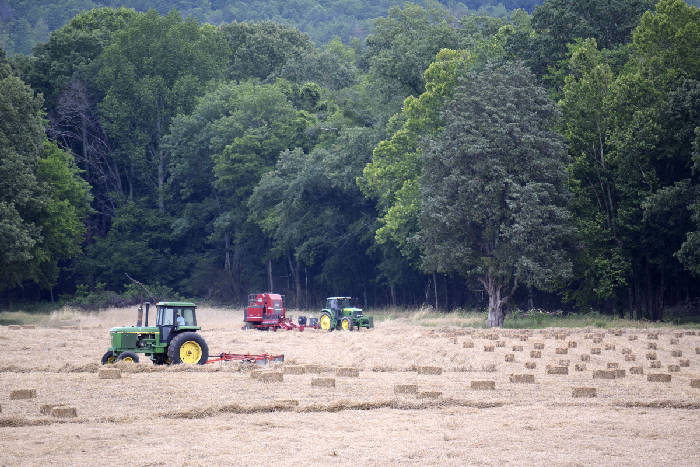A recent study published in Nature Communications by scientists from Texas and Hong Kong described new research on how fast flash droughts can develop. “Flash droughts” are primarily driven by little rain combined with high temperatures and mainly affect agriculture because of the plants’ needs for regular infusions of water. According to an article in Physics Today, they “found that although the number of flash droughts has remained stable during the past two decades, more of them are coming on faster. Globally, the flash droughts that come on the fastest—sending areas into drought conditions within just five days—have increased by about 3%-19%. And in places that are especially prone to flash droughts—such as South Asia, Southeast Asia and central North America—that increase is about 22%-59%.”
The researchers believe that rising temperatures around the world are part of the reason for the faster development, although the droughts are also affected by low humidity and dry soil conditions. Areas like the Southeast may be more vulnerable to flash droughts because our soils generally do not have a lot of water-holding capacity, leading them to dry out quickly.
